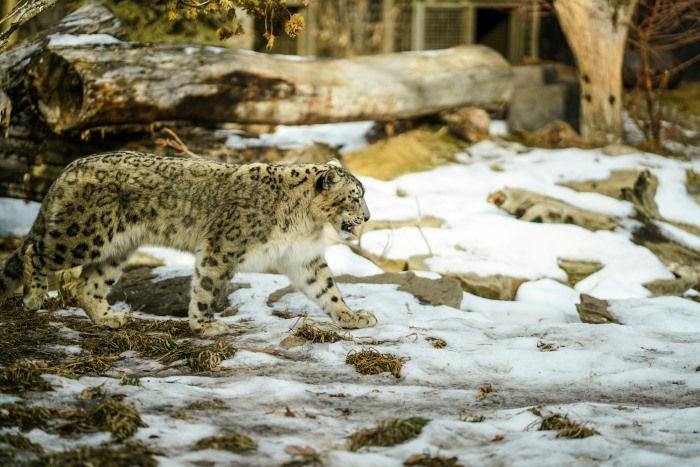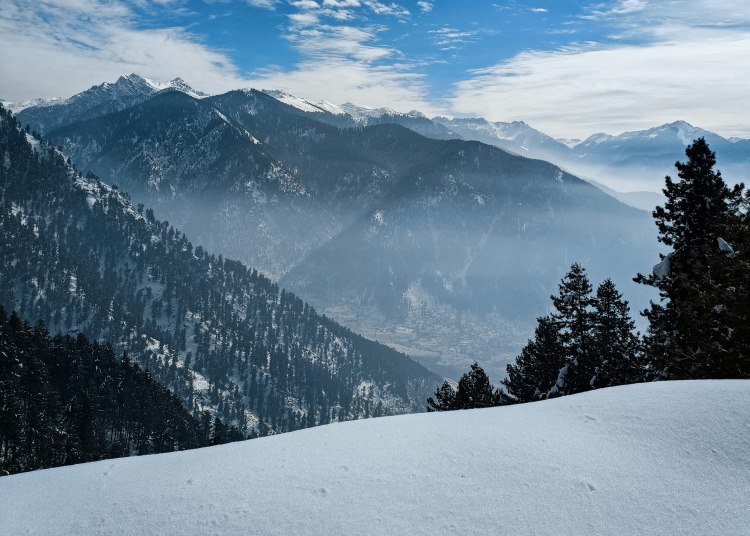High in the world’s most formidable mountain ranges, where the air is thin and the landscapes are painted in shades of rock and snow, moves a creature of such grace and silence it is known as the “Ghost of the Mountains.” This International Snow Leopard Day, we turn our eyes to the high peaks of Central Asia to celebrate one of the planet’s most elusive and magnificent big cats.
Observed annually on October 23rd, International Snow Leopard Day isn’t just a nod to a beautiful animal; it’s a global call to action. It commemorates the 2013 Bishkek Declaration, where all 12 countries in the snow leopard’s range committed to conserving its fragile habitat. For the community at Travellers Atlas, this day holds a special significance—it’s a reminder of the incredible, wild places that still exist and our role in protecting them.
The snow leopard (Panthera uncia) is a masterpiece of evolution. Its thick, smoky-grey coat, dotted with dark rosettes, provides perfect camouflage against the rocky crags. Its exceptionally long tail provides balance on sheer cliffs and wraps around its body for warmth during frigid nights. These solitary cats inhabit the alpine and subalpine zones of the Himalayas, the Karakoram, the Hindu Kush, and the Altai mountains, across nations like Nepal, India, Mongolia, and Bhutan.
For the intrepid traveller, the snow leopard represents the ultimate symbol of wilderness. Unlike the relatively accessible safari parks of Africa, a journey to see a snow leopard is a pilgrimage. It requires physical endurance, patience, and a deep respect for the elements. Expeditions, often led by local guides in Ladakh or Nepal, are less about a guaranteed sighting and more about the profound experience of walking in the cat’s footsteps.
You track not the animal itself, but the signs of its presence: a pugmark in a remote valley, a scrape mark on a trail, or the testimony of a herder who has lived alongside the ghost for generations. The journey itself becomes the reward—the stark, breathtaking beauty of the high Himalayas, the camaraderie of the trek, and the cultural immersion in mountain communities.
Yet, this majestic icon faces severe threats. Climate change, habitat loss, and human-wildlife conflict push this vulnerable species closer to the brink. The changing climate disrupts the fragile ecosystems they depend on, while retaliatory killings by herders protecting their livestock remain a critical challenge.
So, How can a traveller help?
- Choose Responsible Operators: When booking a wildlife tour, select operators who employ and empower local communities, practice low-impact tourism, and contribute directly to conservation funds.
- Support Community Initiatives: The most effective conservation supports the people who share the landscape. This can be through visiting community-run homestays or purchasing local crafts.
- Become a Voice: Share the story of the snow leopard. Your travels and your words can raise awareness and inspire others to care about the preservation of our planet’s last wild corners.
This International Snow Leopard Day, let’s celebrate the ghost that guards the roof of the world. It is a symbol of all that is still wild, mysterious, and worth protecting on our beautiful, diverse planet. Let’s ensure that future generations of travellers can also feel the awe of knowing such a creature still walks the high, silent places.





